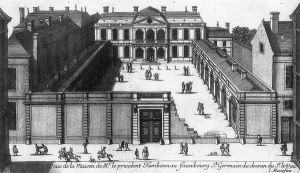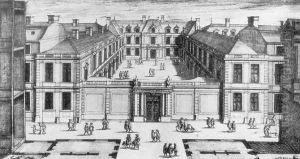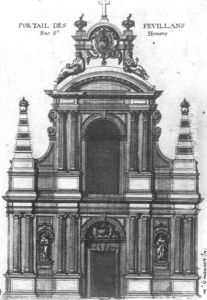Jean I Marot Paintings
Jean I Marot, a French architect, engraver, and draftsman, was born in Paris in 1619. He was the son of engraver Girard Marot and the father of the more famous architect and engraver, Jean II Marot. His work primarily reflected the architectural and decorative styles of the first half of the 17th century in France, a period that was transitioning from late Renaissance to the early days of the Baroque.
Jean I Marot's contributions to architecture and engraving are significant, particularly his engravings of contemporary and historical architectural designs. These engravings served as an essential record of French architecture during the 17th century and were influential in the dissemination of French architectural styles across Europe. Much of his work involved creating detailed representations of the designs of other architects, thereby preserving the details of many structures that have since been altered or destroyed.
Despite the prominence of his son, Jean II Marot, Jean I Marot's own legacy is substantial. His engravings depict a wide range of subjects, from urban views and garden designs to interior decorations and detailed architectural elements. Unfortunately, there is less documentation of his architectural projects compared to his engravings, which has resulted in a historical focus on his graphic works.
Marot's career spanned the reigns of Louis XIII and Louis XIV, and his work reflects the gradual shift in taste and style that occurred during this dynamic period in French history. He passed away in Paris in 1679, leaving behind a body of work that continues to be studied for its artistic and documentary value. His engravings, in particular, are a valuable source for understanding the evolution of French architecture and design during the 17th century.







